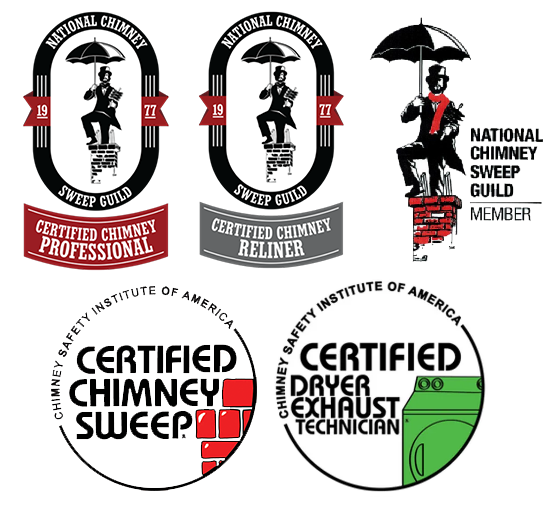
In the realm of fireplaces, wood stoves, and even the broader industrial context, creosote is a term that often comes up, usually accompanied by a serious note of caution. But what exactly is creosote, and why does it carry such a dangerous reputation? This blog post aims to unravel the mystery of creosote, exploring its nature, the risks it poses, and why it’s crucial to manage its presence in our homes and environments.
Understanding Creosote
Creosote is a byproduct of the incomplete combustion of wood and other organic materials. When wood burns, it releases gasses and particles that, when cooled, condense on surfaces such as chimney flues and stovepipes. Over time, these condensates accumulate and harden into what we recognize as creosote. It can appear in a variety of forms: a powdery dust, a tar-like dripping substance, or a hard, shiny glaze, each varying in its degree of flammability and ease of removal.
Types of Creosote
- First-Degree Creosote: Appears as a fine powder or dust and is the easiest to clean. It typically forms under conditions of complete combustion or high flue temperatures.
- Second-Degree Creosote: Has a flaky or puffy appearance and is more challenging to remove. It forms under slower combustion and cooler flue temperatures.
- Third-Degree Creosote: Is the most dangerous form, appearing as a thick, tarry substance or a shiny, hard glaze. It indicates very poor combustion efficiency and highly flammable conditions.
The Dangers of Creosote
Fire Hazard
The primary danger associated with creosote is its high flammability. Creosote buildup can catch fire within the chimney or flue, leading to a chimney fire. These fires can be explosive, difficult to detect initially, and capable of spreading rapidly, posing a serious threat to the entire structure and its occupants.
Health Risks
Creosote exposure can also pose health risks, particularly through prolonged inhalation or skin contact. It contains a variety of toxic chemicals, including polycyclic aromatic hydrocarbons (PAHs), which are known carcinogens. Inhalation can lead to respiratory issues, while skin contact can cause irritation or, in severe cases, chemical burns.
Environmental Impact
Beyond its immediate health and safety risks, creosote can have detrimental effects on the environment. When released into the air, soil, or waterways, the toxic compounds in creosote can harm wildlife, contaminate water sources, and contribute to ecological damage.
Managing Creosote Buildup
Given the dangers posed by creosote, managing its buildup is critical for anyone using a wood-burning stove, fireplace, or operating industrial processes that produce creosote as a byproduct.
Regular Inspections and Cleaning
The most effective way to manage creosote buildup is through regular inspections and cleaning of chimneys, flues, and stovepipes. It’s recommended to have these inspections, by a professional, at least once a year, ideally before the start of the heating season, to ensure that any creosote accumulation is removed before it becomes a hazard.
Improving Combustion Efficiency
Optimizing the combustion process can significantly reduce the amount of creosote produced. This includes using dry, seasoned wood, which burns more completely than wet or green wood, and ensuring adequate air supply to the fire to maintain high combustion temperatures.
Professional Chimney Services
Due to the dangerous nature of creosote and the potential for chimney fires, it’s advisable to enlist professional chimney sweep services for cleaning and inspection. Professionals are equipped with the tools, knowledge, and experience to safely and effectively remove creosote and assess the overall health of the chimney system.
Alternatives to Wood Burning
For those looking to reduce or eliminate the risk of creosote buildup, exploring alternatives to wood burning is an option. Modern heating solutions, including gas and electric fireplaces, provide warmth without the byproducts of combustion, significantly reducing the risk of creosote-related hazards.
Creosote is more than just a nuisance byproduct of burning wood; it’s a potentially dangerous substance that poses significant fire hazards, health risks, and environmental impacts. Understanding the nature of creosote, recognizing the forms it can take, and taking proactive steps to manage its accumulation are essential for the safety and well-being of individuals and communities alike. Through regular maintenance, improved combustion practices, and professional assistance, the risks associated with creosote can be effectively mitigated, ensuring the safe and enjoyable use of wood-burning appliances.

